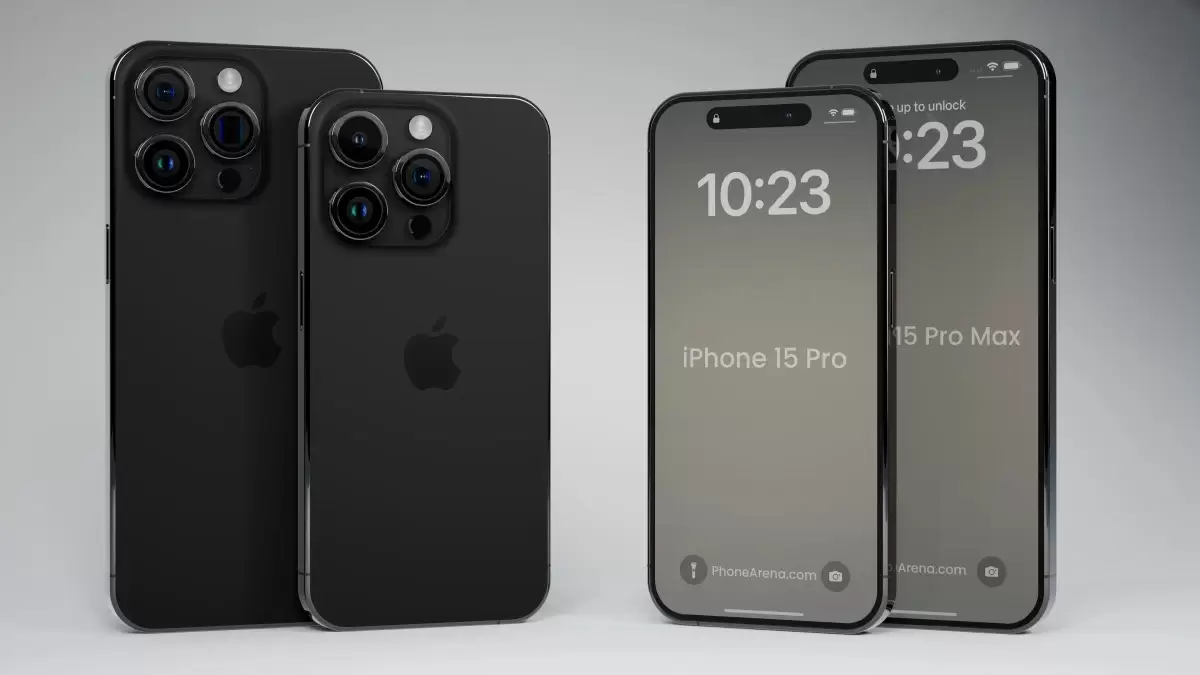Introduction
Apple’s commitment to innovation continues with its rumored introduction of titanium frames for its upcoming iPhone 15 Pro and iPhone 15 Ultra models. While the use of stainless steel has been a hallmark of recent iPhone designs, the tech giant appears poised to take a bold step forward by embracing the strength and lightness of titanium. This article delves into the potential benefits of titanium frames, their implications on weight and durability, and the possible impact on pricing.
The Shift to Titanium Frames
Since the iPhone 12 Pro, Apple has employed stainless steel for the construction of its middle frames. However, credible sources, including 9to5Mac, suggest that the company is eyeing a switch to titanium for its next-generation models, the iPhone 15 Pro and Ultra. Titanium’s exceptional combination of strength and lightweight properties makes it an intriguing choice for smartphone frames.
Strength Meets Lightweight Design
Titanium’s strength-to-weight ratio outperforms that of stainless steel, making it an ideal candidate for enhancing both durability and portability. While titanium is stronger, it also boasts a surprising advantage: it is notably lighter. This suggests that the iPhone 15 Pro and Ultra could potentially be lighter than their predecessors, the iPhone 14 Pro and Pro Max. This shift could translate into a more comfortable and enjoyable user experience, especially for those who rely heavily on their smartphones in their daily lives.
Temperature Resilience and Aesthetic Potential
Beyond its mechanical properties, titanium brings another advantage to the table—its resilience to extreme temperatures. This resilience aligns with the robustness demanded by everyday usage and contributes to the device’s longevity. Moreover, titanium’s affinity for anodization offers an opportunity for Apple to explore a wider array of color options and finishes, potentially allowing users to express their individuality through their device choices.
Weight Comparisons and Possible Impact on Pricing
If estimations hold true, the iPhone 15 Ultra may weigh around 221 grams, making it approximately 8 percent lighter than the iPhone 14 Pro Max. Similarly, the iPhone 15 Pro might weigh in at about 191 grams, a reduction of around 7 percent compared to its predecessor, the iPhone 14 Pro. This reduction in weight, while seemingly modest, can have a noticeable effect on daily comfort and usability.
However, this technological advancement and improved user experience may come at a cost. Titanium, as a premium material, could contribute to an increase in the overall pricing of the iPhone 15 Pro and Ultra models. Industry speculation suggests that consumers might see a price hike of up to $200, reflecting the enhanced features and materials of these cutting-edge devices.
Conclusion
The potential transition to titanium frames in the iPhone 15 Pro and Ultra marks another stride forward for Apple in its pursuit of excellence. By marrying strength, lightweight design, and resilience to extreme conditions, titanium offers a glimpse into the future of smartphone technology. As enthusiasts eagerly anticipate these upcoming models, the question remains: will the enhanced experience be worth the potential increase in cost? Only time will tell as Apple continues to push the boundaries of innovation in the realm of mobile devices.

